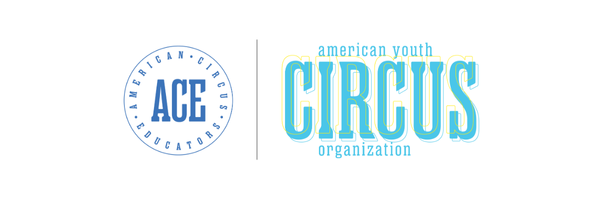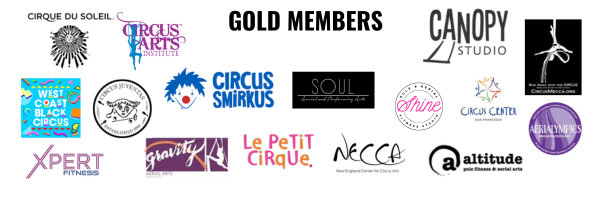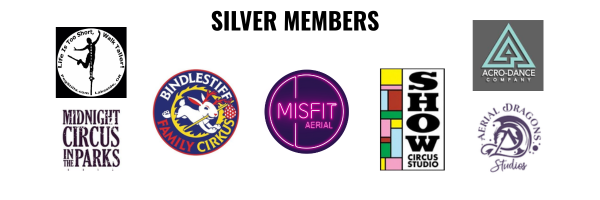The lens through which we view information MUST change based on the platform—instagram is NOT a peer-reviewed medical journal, and as such, we must start to be a bit more discerning…and teach our students to do the same!
I’m Jen—a doctor of physiotherapy based out of San Francisco, CA. In my physiotherapy practice, I work almost exclusively with circus artists in various capacities: from injury assessment and treatment, to injury prevention, to performance optimization. However, I haven’t always worked with this population, and my early career path has drastically impacted and informed my current practice. From the start, my career has been quite nontraditional. After receiving my doctorate and completing an orthopedic residency, I opted out of the standard clinic/hospital setting. Instead, I spend the first part of my career as a travel physiotherapist, professor, and researcher. In 2016, I moved to China to work with the Chinese Olympic teams in preparation for the Rio Olympics. Like I said, quite nontraditional!!
So…how did cirque physio happen?! While I was working as a professor and researcher in Texas, I quite literally stumbled upon the circus world. I discovered aerial arts, acrobatics, and contortion, and immediately was taken by the art form. As I became more personally immersed in the circus world (as a student), I discovered a TRAGIC lack of healthcare providers who understood the intricacies of circus arts, and the unique demands placed on the bodies of circus artists. Because circus arts is such a tiny sub-population of performing arts, and performing arts is already a small sub-section of sports physiotherapy, there is a serious lack of information available to healthcare providers on the evaluation and treatment of circus artists. Additionally, because we are a group of athletes who have such drastically different range of motion, flexibility, and strength demands, it’s challenging (at best!) for a physio who does not have first-hand experience with our art to evaluate and treat proficiently.
In physiotherapy school and residency, there are entire courses devoted to evaluation and treatment of various athletes: football players, baseball players, runners, etc. Because of this, entry-level physiotherapists are armed with ample resources for working with these athletic populations. At this point in time, there are VERY few courses available to physios that cover evaluation and treatment of circus artists. This lack of circus-savvy healthcare providers is what catalyzed cirque physio: as both a circus artist AND a qualified, licensed, experienced sports physiotherapist, I found myself in a unique position to fill this gap. This was my inspiration to start my circus physio practice, and is still my mission: to educate and empower circus artists with the tools needed to optimize their bodies and train safely…so they can circus forever!
Like the rest of my career, my circus physio path has continued to be non-traditional. Instead of having an insurance-based clinic where patients come in to be treated, I rent space from the San Francisco Circus Center. Instead of having dumbbells and a treadmill in my “clinic,” I have trapezes, hoops, and stall bars. Instead of hearing about me from their doctors or surgeons, my patients hear about me from two main referral sources: their circus instructors or classmates, and…Instagram!
Social media plays SUCH a massive role in circus arts, which is something I learned very early on—first as a consumer of circus social media culture, then eventually as a contributor. As Cirque Physio evolved and I gained more experience with this population, social media has played more and more of a pivotal role. Of all the athletes I’ve worked with, circus artists are by FAR the most interested and invested in learning about their bodies. As someone who’s always loved teaching, this is pretty much my ideal set-up: an eager, motivated, knowledge-hungry audience. Once I realized the extent to which circus artists were seeking quality information on self-care, I buckled down and got “serious” about my social media education strategy.
I started by using Instagram and facebook to promote my blog, where I discuss topics relevant to injury prevention and performance optimization in circus arts. From there, I realized that not ALL circus artists want to sit down and spend 20+ minutes reading a blog post: many of us are predominantly visual learners, and so I started producing and posting bite-sized educational videos on my Cirque Physio social media pages. This went over very well with the insta-circus world, and so I have continued using this approach on my social media.
Now, my “mission” on social media is to educate circus artists on anatomy, biomechanics, and injury prevention in a way that ANYONE—with any level of education—can easily understand and immediately implement. That’s one of my biggest passions—distilling our crazy awesome, complex bodies into easily-understood tidbits of knowledge for this specific population. Additionally, I also use my social media pages to promote my active flexibility programs, which are e-book style programs for circus artists wanting more depth and detail than social media allows.
However, one of the pitfalls of our circus social media culture is that ANYONE can post ANYTHING, and there is no lack of pseudoscience floating around Instagram! This is definitely one of my greatest frustrations: seeing inaccurate, or even potentially harmful, posts on Instagram by people who may not be qualified to give advice or teach.
As a result of this insta-pseudoscience, we MUST approach information on social media with a critical eye! Before you accept and implement any sort of educational information or training tips, first ask yourself: who is the author, and what are their qualifications? In circus arts we tend to be a pretty trusting population—if one of our friends recommends a resource, we often don’t think to check their qualifications—but we MUST! This is how we stop the spread of pseudoscience: cautious skepticism until qualifications have been confirmed. If the person is teaching about anatomy, biomechanics, injuries, or training tips, they need to hold qualifications in accordance with their subject matter. If not? Beware of potential pseudoscience!
Clearly, social media in the circus world can be used in a variety of ways—we can use it to find a community of friends who share similar goals, we can use it to find supplemental training exercises, or just simply to find inspiration from artists worldwide. Social media has such a huge impact on how our circus lives, but I would urge everyone to remember that not all educational content is created equal—it’s presence alone on instagram does not mean that it is valid, accurate, or worth implementing into training. The lens through which we view information MUST change based on the platform—instagram is NOT a peer-reviewed medical journal, and as such, we must start to be a bit more discerning…and teach our students to do the same!
Jennifer Crane (@Cirque_physio) is a physical therapist whose Instagram posts on circus-specific anatomy concerns are read by over 23,000 followers. For more physical therapy principles, check out her blog: https://www.cirquephysio.com/blog/
Click here to see this article in its full glory in the gorgeously designed Spring 2018 Issue of ACE Digital Magazine.


